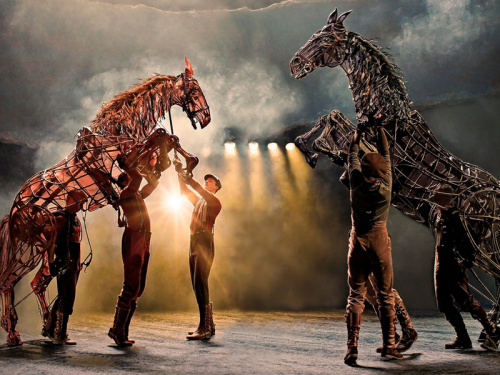How Rainforests are Making a Comeback in Yorkshire
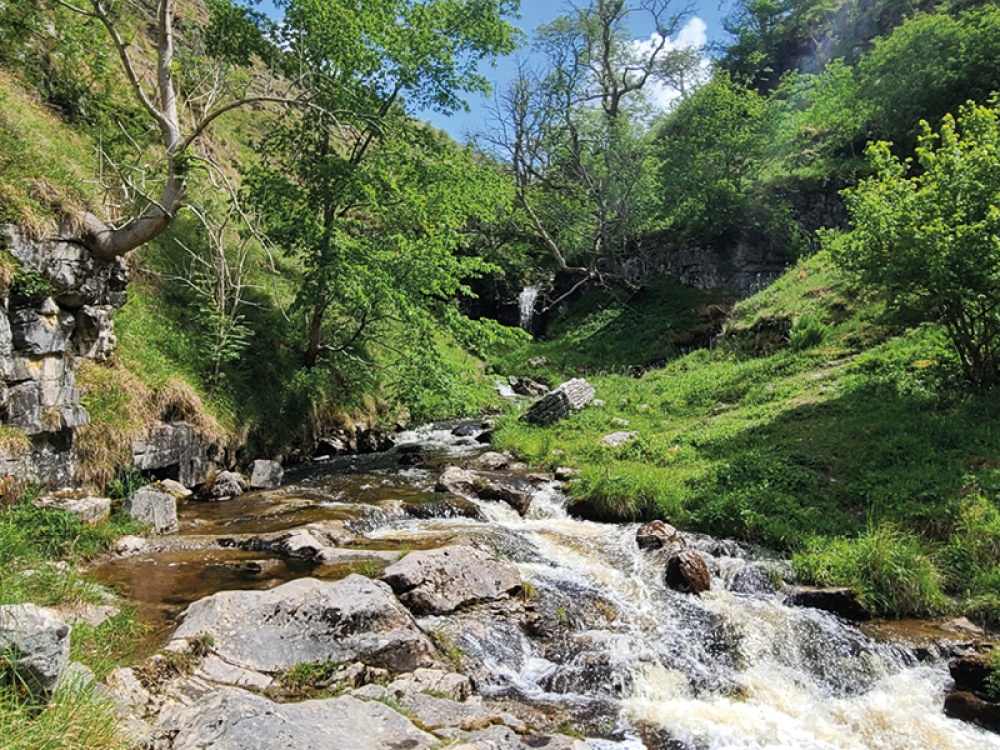
In an idyllic corner of the Yorkshire Dales, rainforests are making a comeback. We find out more about Park Gill, and how the project is leaving a legacy for future generations
North regional manager for the Yorkshire Wildlife Trust Jono Leadley knows that, despite the UK’s history of temperate rainforest habitats, it’s an idea that’s fallen out of the public consciousness as the forests grew scarcer. ‘People raise their eyebrows when they hear the word rainforest mentioned in a British context. But rainforest is just about woodland where there’s a high level of rainfall throughout the year,’ he explains. ‘If you get it in equatorial hot places then you call it a tropical rainforest which is the typical rainforest we think of – but a much rarer habitat is where we get similar conditions in a much cooler environment.’
These perfect conditions can still be found along the west coast of the UK and Ireland. ‘Temperate rainforest only develops where you get these nice cool, humid coastal forests. You get it down the western seaboard of Britain, and there’s little bits in South America. The biggest extended area is probably the Pacific North West of America,’ he says. ‘It’s a lot rarer than tropical rainforests, and it’s become a lot rarer again in recent centuries because we’ve chopped a lot down.’ For a habitat that once covered 20 percent of the country, now only one percent of that remains.
Aiming to reverse this decline, the Yorkshire Wildlife Trust seized the chance to buy a section of land that fell in the sweet spot of where temperate rainforests can thrive. ‘We were fortuitous that a local farmer near Kettlewell was looking to sell what is Park Gill,’ Jono says. A small oasis with the remnants of a once-great expanse of rainforest, Park Gill was the perfect foundation from which to begin.
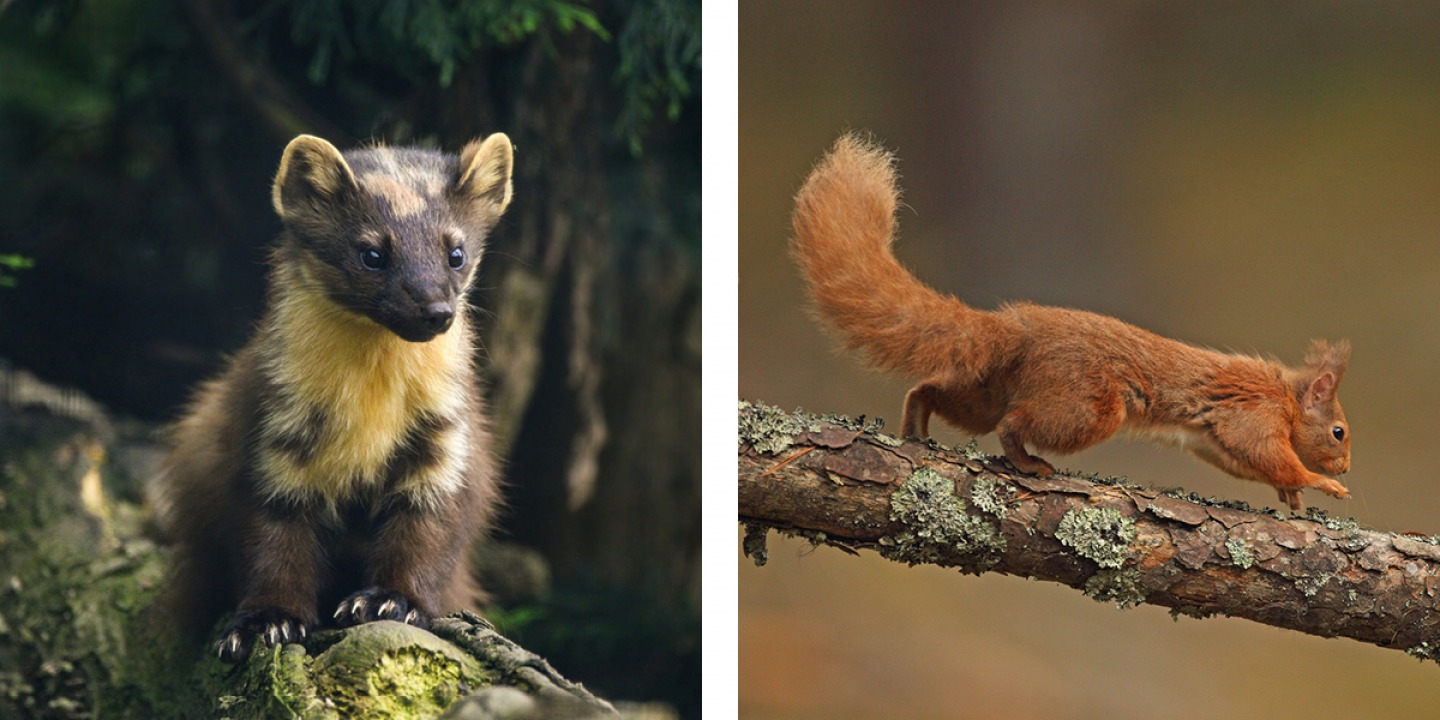
‘There’s not a lot of rainforest left in the Yorkshire Dales, but in little pockets where the land is very steep and protected from grazing, or there hasn’t been agriculture, something akin to a temperate rainforest has survived,’ explains Jono. ‘At Park Gill, the gill itself has a stream that runs down to Kettlewell and leads to the River Wharfe. It’s in a steep, shady gorge and there’s still quite a few trees in there because the conditions of a temperate rainforest have been allowed to develop.’
This unique habitat is perfect for certain types of rare plantlife (like the stunning birds-eye primrose) that thrive in the clean air and moist conditions under the leafy canopy. ‘It’s a beautiful lush green environment. The key thing is it never has extremes in temperature because it’s got the influence of the Atlantic Ocean the whole time,’ says Jono. ‘Special plants that live in temperate rainforests are really susceptible to air pollution. Because the air is coming off the Atlantic, it avoids pollution from factories and roads. It also has high rainfall all through the year so it has a very moist environment, which is perfect for all these wonderful mosses, liverworts, lichens and ferns that grow over every surface, some of which are really rare and are only found in a rainforest habitat. If you were to walk into one of these woods you’d be mesmerised by how green it is – think Lord of the Rings.’
It’s not just the plantlife that benefits from the re-establishment of rainforests – rare wildlife loves it just as much. ‘Obviously the plant community is very special, but [rainforests] also support a fantastic range of birds and mammals. Iconic bird species you might look to find would be things like pied flycatchers, wood warblers, redstarts, black grouse and ring ouzel. Many spend the winter down in Africa and then return in the springtime to breed in the temperate rainforest,’ he explains. ‘Mammal-wise it’s great for bats of course – there’s loads of old trees and lots of insects. Excitingly, it’s good for things like pine martens (a big relative of the weasel that’s hunted to near extinction), and red squirrels – everybody loves red squirrels!’
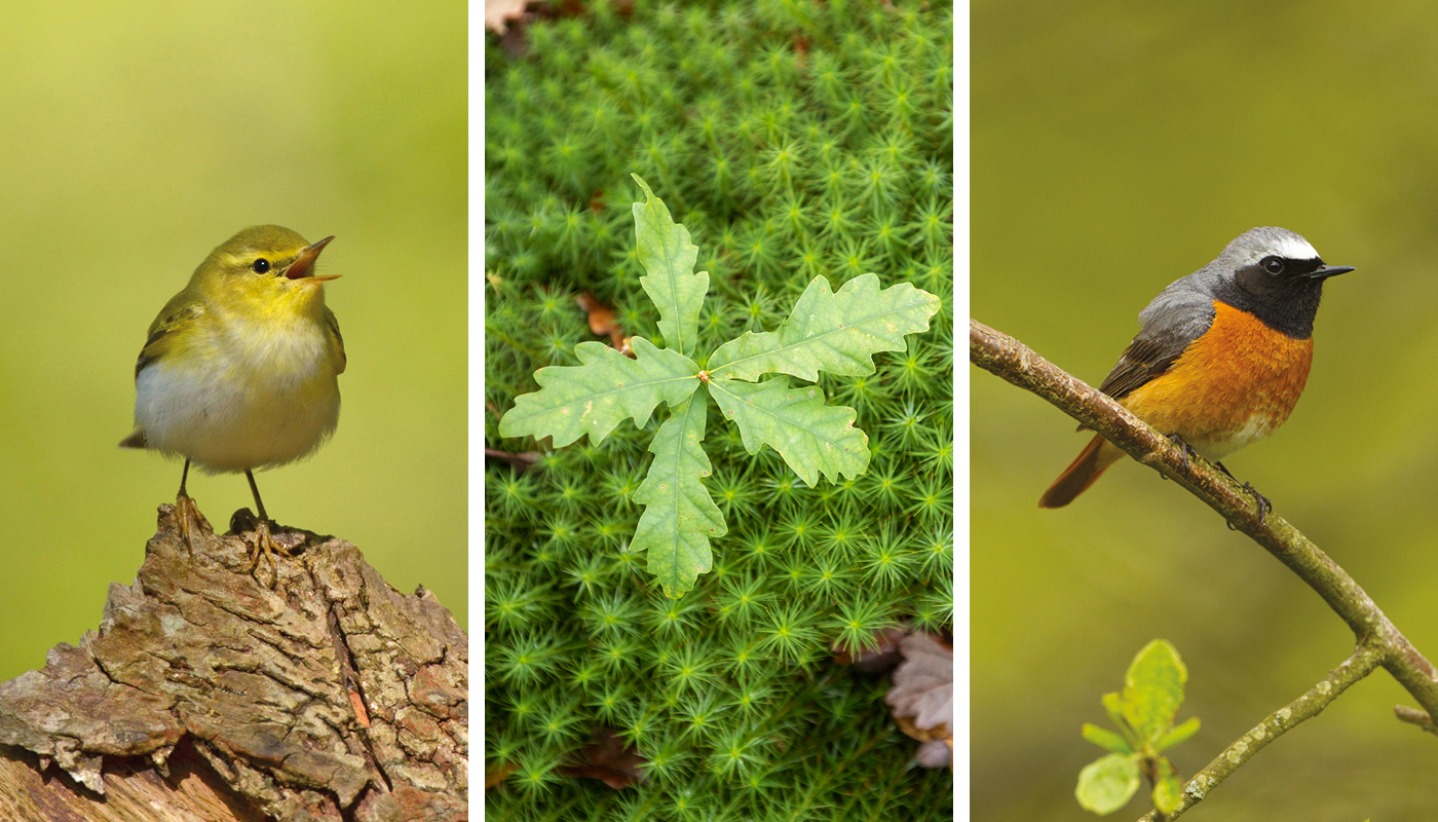
Unsurprisingly, the regrowth of the rainforest at Park Gill is a long-term project and the Trust has a two-pronged approach; protecting what’s already there, and laying the foundations for expansion. ‘Where we’ve got the remnant patches of rainforest existing it’s about letting nature do its thing. There have been some real problems in some parts of the country where non-native trees have been planted into the rainforests. It’s about removing those and letting native trees flourish,’ Jono says. ‘Some of these rainforests have a lot of pressure from sheep grazing, so it’s also about trying to reduce the pressure from sheep and looking after what we’ve got left.’
Jono and the team have taken their time to make sure newer areas are established properly, with the highest chance for success and with respect for what is already there. ‘First of all, over the next three winters we’re going to start planting native trees onto this site at Park Gill. One thing we’ve been very careful of (and we’re spending all of this year doing) is careful survey work. Park Gill has got some wonderful other habitats as well, like flower-rich limestone grasslands, and those grasslands are really important so we don’t want to go planting trees all over them.
‘What we’re really looking for is where woodland used to be. We’re looking at old maps, we’re doing very careful surveys on the ground and identifying the areas where the grass is quite poor and not many flowers are – that’s where we’ll be targeting the tree planting. We don’t want to be damaging wildlife by planting the rainforest, we want to plant trees where they’re going to be of the most benefit.’
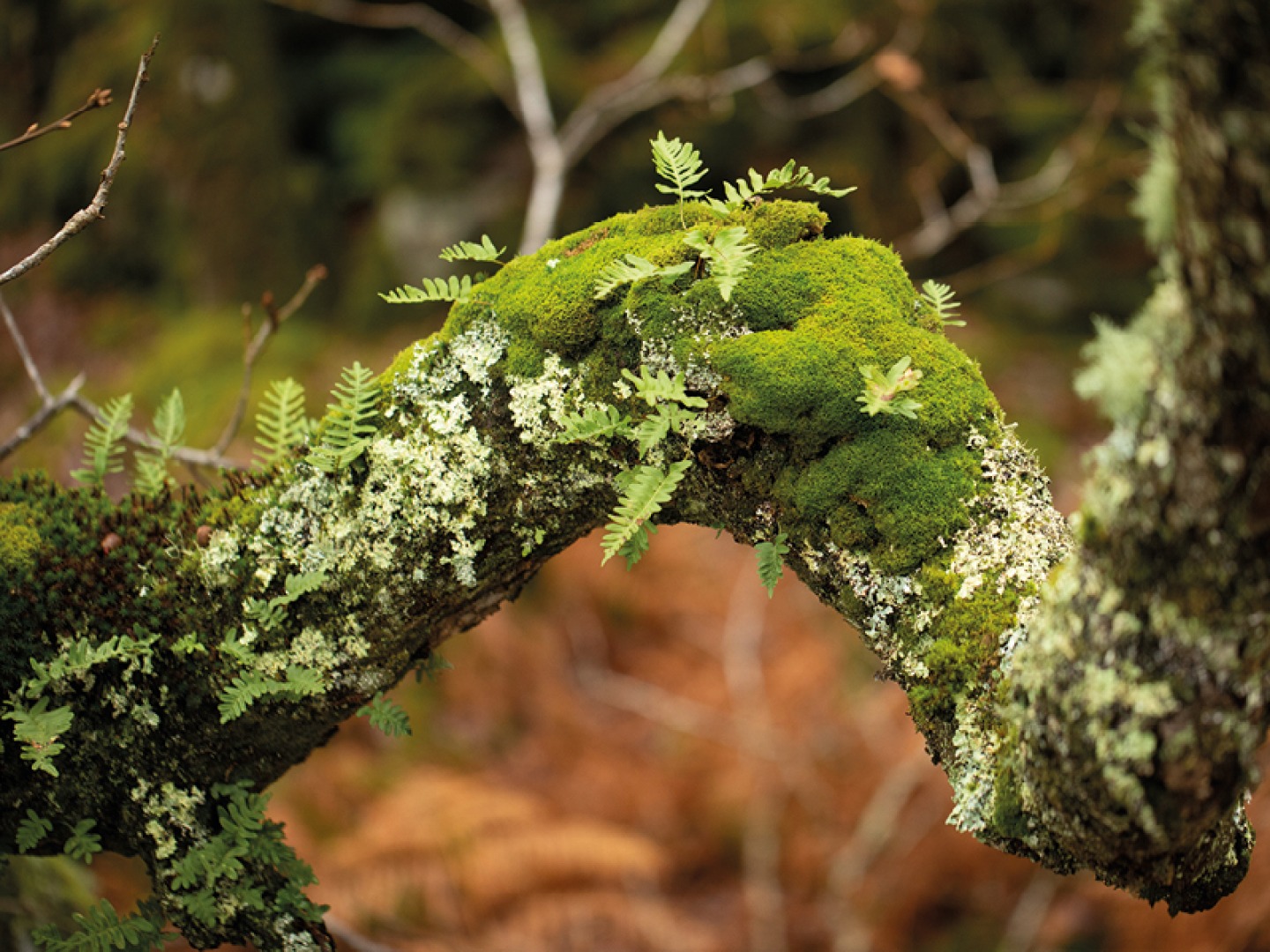
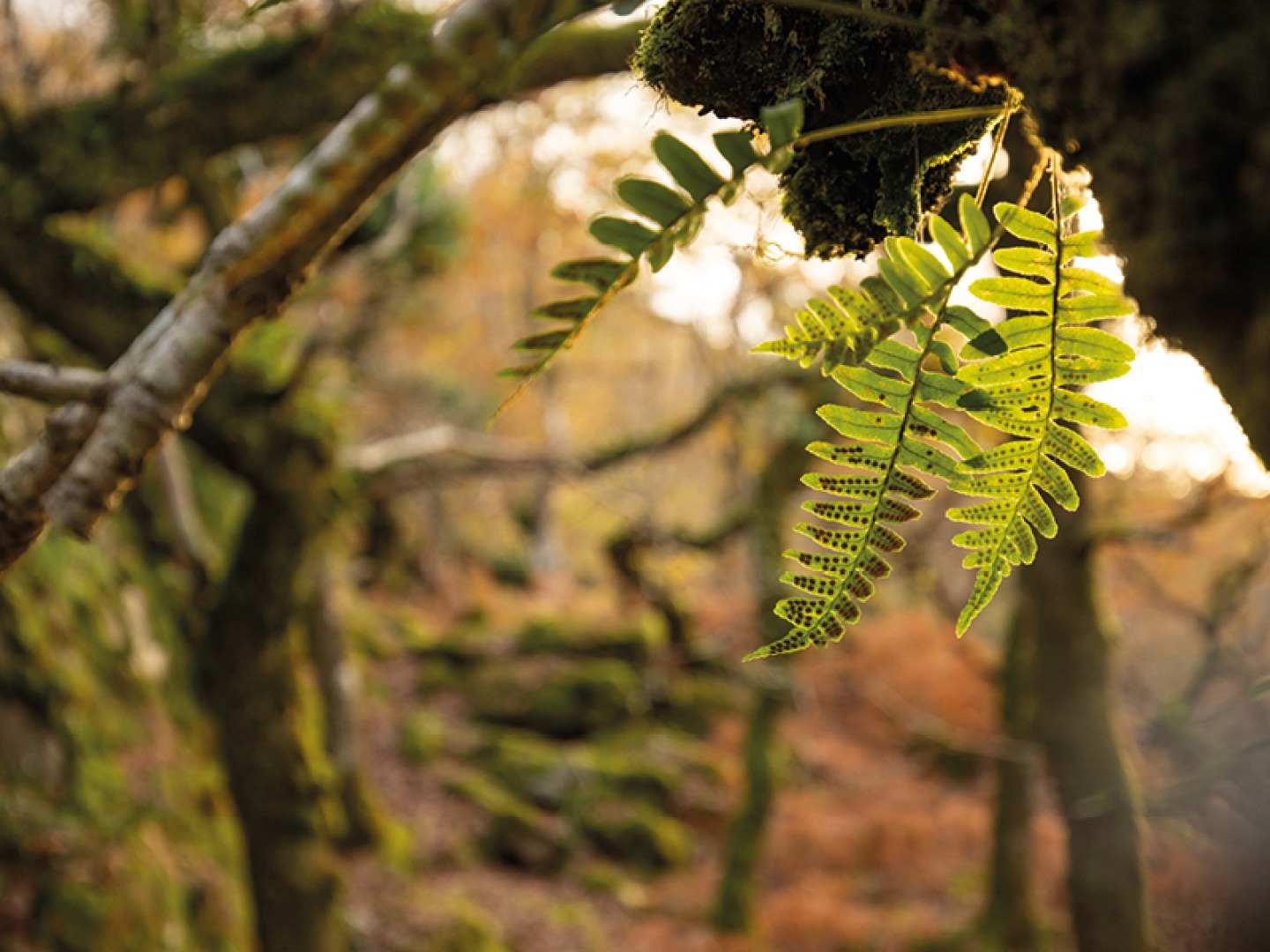
Alongside helping local wildlife, the re-establishment of rainforests in Yorkshire (and across the UK) will have a massive impact on climate change. ‘Part of the reason for doing this is carbon sequestration, and trying to mitigate climate change. Putting all these trees in is really going to help with that,’ says Jono. ‘The target for the whole scheme across the UK is 1,755 hectares of new rainforest, and by 2060 there will be 440,000 tons of carbon dioxide removed from the atmosphere. It’s going to be brilliant, not just for the wildlife and people, but also for the planet.’
Jono and the team hope that their success at Park Gill will continue long after the project officially ends, and long after they’re around to see it. ‘Over a site that’s about 100 acres we’re looking at about a third of the site to plant with trees. The other two thirds we’re going to be managing is the species-rich grassland. It will be a mosaic of habitats, not just wall-to-wall rainforest. We want nature to lead this, so we’re giving it a helping hand to get going, and then it’s just about monitoring that and seeing what happens.
‘It’s quite a funny thing, because we’re going to be putting these trees in here and I probably won’t live long enough to see it become rainforest, but it’s nice to do this for future generations. Thinking that my kids or my kids’ kids might get a chance to go there and think that what was done in 2025 was a really good thing, and they will be able to enjoy this habitat in Yorkshire.’






